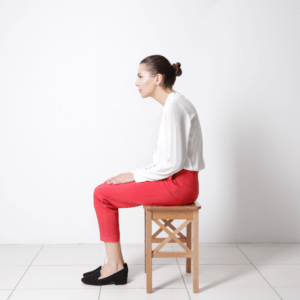One of the greatest joys in life is being a parent. 🌈 Being a parent means we’ll be lifting and carrying our children regularly – or at least for the first few years of their lives. However, when done incorrectly, picking up our kids can wreak havoc on our backs. That’s why it’s important to know how to lift our children without injuring ourselves.
How to pick them up the right way
The best way to pick up our kids without hurting ourselves includes:
- Starting by holding onto our children and keeping them close to our body, instead of extending our arms out straight.
- Then, try to stand up by using our knees and thigh muscles 🦵️, rather than our backs.
- We can engage our core and focus on drawing from our core muscles rather than our lower back.
- If possible, hold onto furniture to help lift yourself up – even a wall will do.
- Also, try to resist the urge to twist your body while picking up a child as this may do damage to our muscles and joints.
Carrying a child in a car seat
We often see people walking through our doors who’ve injured themselves because of the way they carry their children when they’re in a car seat or carrier. 😔 Just like picking a child up correctly is important, so is carrying them when they are in a seat.
Car seats and carriers are often awkward to pick up and carry. Try to get a pram that will hold the car seat or carrier. However, if we must pick one up, we can avoid hurting our shoulders, back, and hips by:
- Squatting down and lining ourselves up with the carrier.
- Then, slide an arm through the handle while our palm faces downwards.
- Turn your hand around and grab the bottom of the seat.
- Using our knees, we can push away from the floor until we are standing. This way, we are supporting the carrier without straining any part of our body.
We know picking up and carrying children can leave us in pain. If you’re struggling with a sore back, shoulders, or arms from doing this, we can help. Speak to one of our team today for to find out more by calling 01245 699152 📞





